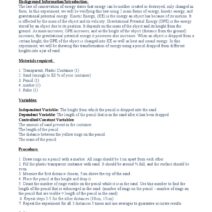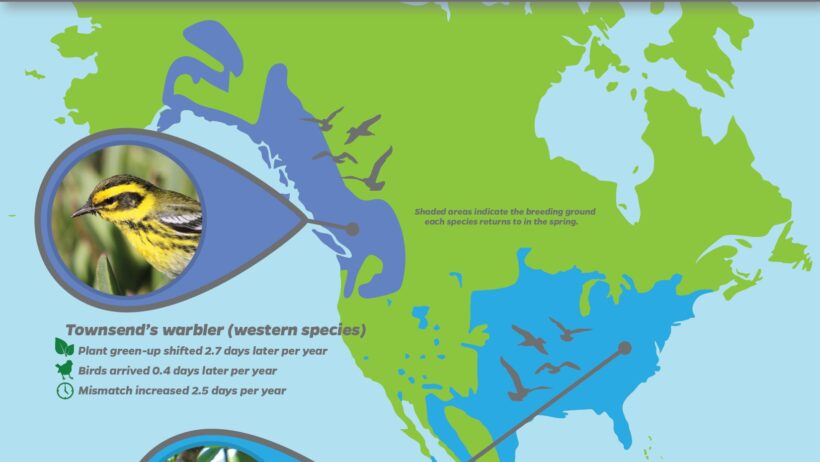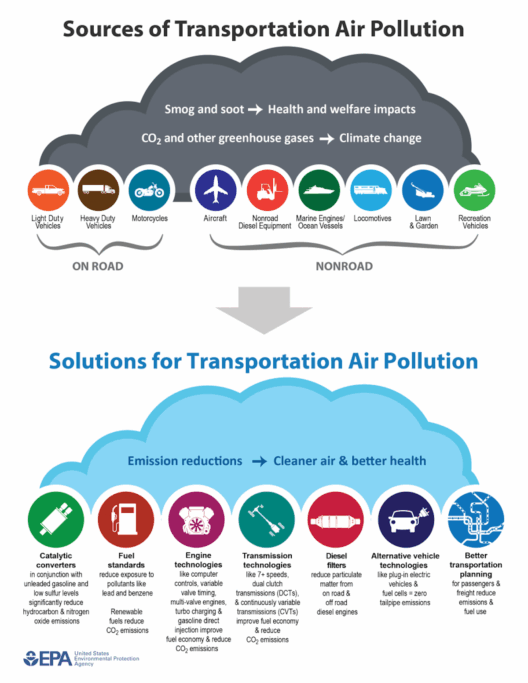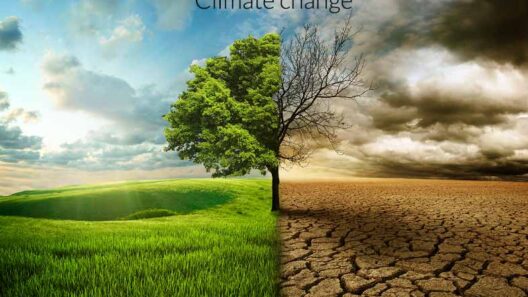The world of ornithology has long celebrated the annual spectacle of migratory birds, an inspiring dance of feathers and instincts that has unfolded for eons. As the seasons change, millions of birds embark on arduous journeys across continents, navigating vast terrains and unpredictable weather patterns. However, a subtle yet insidious specter is now disrupting this timeless ritual: climate change. The trajectory of avian migration, long tuned to the rhythms of nature, is increasingly out of step with the climate’s unpredictable overture.
Migration serves as a vital beacon in understanding the dynamics of our ecosystems. Birds like the Arctic Tern and the Common Swift whisper secrets of distances traveled; their lifetimes are punctuated by repeated journeys to seasonal havens. These avian nomads are not merely seeking warmer climes; they are navigating an interconnected web of food availability, breeding grounds, and roosting sites. Yet, as temperatures rise in response to atmospheric alterations, the ebb and flow of the seasons morph, causing a ripple effect through the migratory patterns of myriad species.
The delicate synchrony of life is like a finely tuned orchestra; when one section falters, the entire symphony faces disarray. This is especially true for migratory birds. For instance, many species rely on specific environmental cues—such as temperature fluctuations and the blooming of flora—to time their migrations. As warmer spring temperatures arrive earlier, insects and plants react with unprecedented speed, often outpacing the birds’ traditional timelines. When the crescendo of the natural world arrives too soon, birds that rely on these cues find themselves arriving at their breeding grounds after the peak availability of resources has passed.
Consider the case of the Black-throated Blue Warbler. This woodland dweller, renowned for its striking colors, has exhibited shifting migratory patterns in response to a warming climate. Historical observations showed these birds arriving at their breeding territories in eastern North America during late April. However, recent studies reveal a disturbing trend: many now arrive several weeks earlier, only to discover that the insects on which they rely have already hatched and subsequently vanished, leaving behind a stark shortage of sustenance for the newly hatched chicks.
The repercussions of altered timing extend beyond immediate survival challenges. The interplay between familial instincts and environmental cues leads to misaligned hatching times. When adult birds anticipate the arrival of food sources—such as caterpillars or insects—that no longer coincide with their breeding cycle, reproductive success declines. Over successive generations, these mismatches may risk the viability of entire populations, as fledglings battle starvation due to their parents’ inability to synchronize their life cycles with the environment.
Furthermore, changes in migratory patterns hold broader implications beyond merely individual species. Avian migration is a cornerstone of ecosystem interconnectivity, creating vitally intricate relationships among various species. Predators, pollinators, and plants rely on these winged travelers for the perpetuation of life. Yet, as the migratory routes and timings shift, so too do the interactions and dependencies that define ecological balance. Habitat loss, altered landscapes, and disrupted food webs are but a few of the far-reaching consequences that loom on the horizon.
The narrative of climate change and its impact on migratory birds is urgently pressing when viewed through the lens of conservation. The question arises: how can we temper this dissonance? One avenue lies in the restoration and preservation of critical habitats along migratory routes. By establishing protected areas, enhancing food sources, and maintaining ecological integrity, society can better equip these birds to navigate a changing landscape. Moreover, fostering public awareness and engagement is essential—an informed citizenry is a powerful ally in conservation efforts. Individuals can participate in citizen science initiatives, documenting local bird populations as they undergo changes in migration patterns, thereby contributing valuable data.
Simultaneously, policy frameworks must evolve. Governments and organizations committed to combating climate change must prioritize bird-friendly policies, encompassing habitat protection as well as efforts to mitigate carbon footprints. Legislative moves to combat climate change—with a focus on reducing emissions and investing in green infrastructures—offer hope for not just birds but the myriad species within these delicate ecosystems.
Intriguingly, there is an adaptive resilience woven into the very fabric of wildlife. Throughout history, many bird species have demonstrated remarkable abilities to adapt to shifting conditions. Some have augmented their migratory routes or adjusted breeding periods in response to climate fluctuations. Encouraging such adaptive behaviors through targeted conservation strategies could bolster populations historically pushed to the brink by environmental changes.
In a world where the key to ecological balance rests in the hands of disruptors, the plight of migratory birds reminds humanity of its connection to the broader tapestry of life. The feathered messengers of change guide observers toward a profound understanding: while the march of progress continues, the rhythms of nature teach invaluable lessons about resilience, adaptability, and the imperative of harmony. Consequently, as we strive to reconstruct our relationship with the natural world, let us look to the skies—where migratory birds soar not just as symbols of freedom, but as urgent reminders of our responsibility to protect their flight paths into the future.
In the end, it is not merely about preserving the tangible—the birds and the landscapes they inhabit—but rather nurturing the intangible; it is about ensuring that future generations can continue to marvel at the same migratory spectacles that have inspired humanity throughout history. The song of the birds, interrupted by the drumbeats of climate change, calls not only for awareness but action—a symphony that must resonate in unison with the earth itself.





